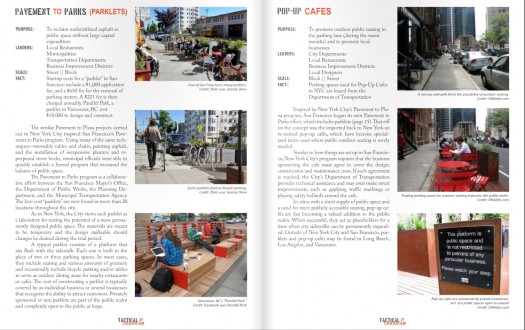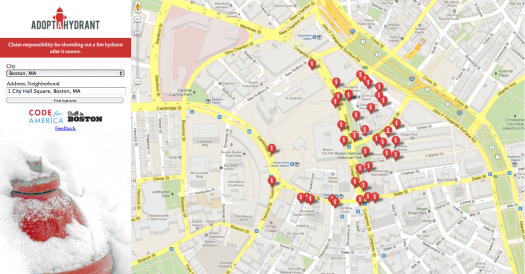
Celebrate ten years of Urban Omnibus and support ten more years of fresh, independent perspectives on citymaking with a donation today!
Celebrate ten years of Urban Omnibus and support ten more years of fresh, independent perspectives on citymaking with a donation today!
THE CLEANING OF A GREAT CITY
In the late 19th century, a time when New York City’s streets were coated with “slimy mud,” and the Department of Street Cleaning was characterized as a “slouch” of an organization where “disorder and demoralization were the rule,” George E. Waring was charged with cleaning up the city as the newly-appointed Commissioner of Street Cleaning. A colonel himself, Waring fired most of the city’s street cleaning staff, replacing them primarily with military-trained men who, most importantly to Waring, were completely without political alliances, a bold choice for a new commissioner appointed amidst the “loyalty”-driven influence of Tammany Hall politics. In April of 1897, Waring published an article in McClure’s Magazine outlining his progress after the first two and a half years in office, an article reprinted this week by The Brooklyn Rail. In it, he details the policies and practices he implemented and the resulting benefits, providing a fascinating account of the inner workings of our city’s early services through a story of improved public health, efficiency and civic pride — written with a passion rarely seen in contemporary waste management analysis: “An inefficient and ill-equipped working force long held under the heel of the spoilsman has been emancipated, organized, and brought to its best. It now constitutes a brigade three thousand strong, made up of well-trained and disciplined men, the representative soldiers of cleanliness and health—soldiers of the public—self-respecting and life-saving.” Read the complete article here.

Page Selection from Tactical Urbanism 2: Short-Term Action, Long Term Change
TACTICAL URBANISM GUIDEBOOK
The new guide to guerrilla urban interventions, Tactical Urbanism 2: Short-Term Action, Long Term Change, has been released. The manual highlights 24 urban interventions, grouping those that are akin to one another even if separated by geography, giving instruction as to not only what to do, but how to get things done cleanly and effectively. Each of the 24 sections includes a bare bones summary of the project, a short description of its purpose, the potential and historical leaders, the scale of the intervention and one fact about the project as it’s been done in the past. Read the complete guide here or more coverage at The Atlantic Cities.

Screen Shot of the Adopt-A-Hydrant App | via CodeforAmerica.org.
CODE FOR AMERICA TED TALK
Back in 2010 we spoke to Jennifer Pahlka about a new program that was endeavoring to redefine how city governments interact with their populaces called Code for America. In a TED Talk posted this week, Pahlka leads off by outlining some of the apps that have come out of the program and how they’ve been implemented (including some pretty phenomenal pictures of possums and a fire hydrant named Al). She ends with a discussion of the roles of government, citizens and how technology can create an environment in which more bottom up solutions are made available to communities across the country. Watch the video here.
INFRASTRUCTURE GRAND RE-OPENING
This week we took a trip through a part of our transit infrastructure that was perhaps prematurely removed from the landscape. That is not always the case: some relics of the transportation system that have fallen into disuse can find a new lease on life, such as the 4th Avenue-9th Street Station House that has just opened for the first time in 40 years. Check out the coverage and some pictures at Gothamist.
CALL FOR VIDEO FELLOW: FIVE BOROUGH FARM
Last year, we spoke with food policy expert Nevin Cohen about his work with the Design Trust for Public Space on Five Borough Farm, a project to develop a comprehensive, city-wide plan for urban agriculture in New York City. Now, the Design Trust is seeking a Video Fellow to produce a series of high-quality, web-based, short videos to accompany the project. Read more about the fellowship and find application instructions here (deadline: March 23). And if you have other ideas for “research, design or planning projects that will positively impact public space in New York City” that you think the Design Trust should be engaging with, submit your proposals here — now accepted on a rolling basis.
EVENTS and TO DOs
VERTICAL URBAN FACTORY: EAST ASIA EDITION
Last year, architectural historian Nina Rappaport curated the Skyscraper Museum exhibit Vertical Urban Factory, in which she explored creative ways to reintegrate industry into our urban fabric by capitalizing on vertical density. This year, Rappaport is focusing on East Asia, in a new exhibit now on view at NYU. Vertical Urban Factory: East Asia looks at industrial regions in China, Korea and Japan, and asks “can new factories and manufacturers present solutions that are economical, ecological, and socially sustainable for future East Asian cities?” On view through May 18.
BRONX MODERNE IN THE PARK
Before the new year, Deborah Wye took us on a tour of how her personal history intertwined with the history of the Orchard Beach Pavilion. Next week, as part of the Uncommon Ground lecture series hosted by the New York City Department of Parks & Recreation, Wye will giving a talk about the rich history and architectural features of the pavilion with its “imposing but sleek monumentality.” Monday, March 12, 6pm, The Arsenal Gallery, Central Park, 64th Street and Fifth Avenue. Seating is limited. To RSVP, email uncommonground@parks.nyc.gov.
ALTERNATE HISTORIES AND COMPROMISED FUTURES: A CITYVISION COMPETITION
CityVision, “an architecture laboratory with the aim of generating a dialogue between the contemporary city and its future image,” has released its annual competition brief and this year they’re setting their sites on New York City. “New York CityVision” asks entrants to envision the future of New York City as influenced by space and time, either from past to future, rewriting the future according to an alternate history, or from future to past, envisioning a city with an inevitably compromised future. Read the brief here.
The Roundup keeps you up to date with topics we’ve featured and other things we think are worth knowing about.
The views expressed here are those of the authors only and do not reflect the position of The Architectural League of New York.